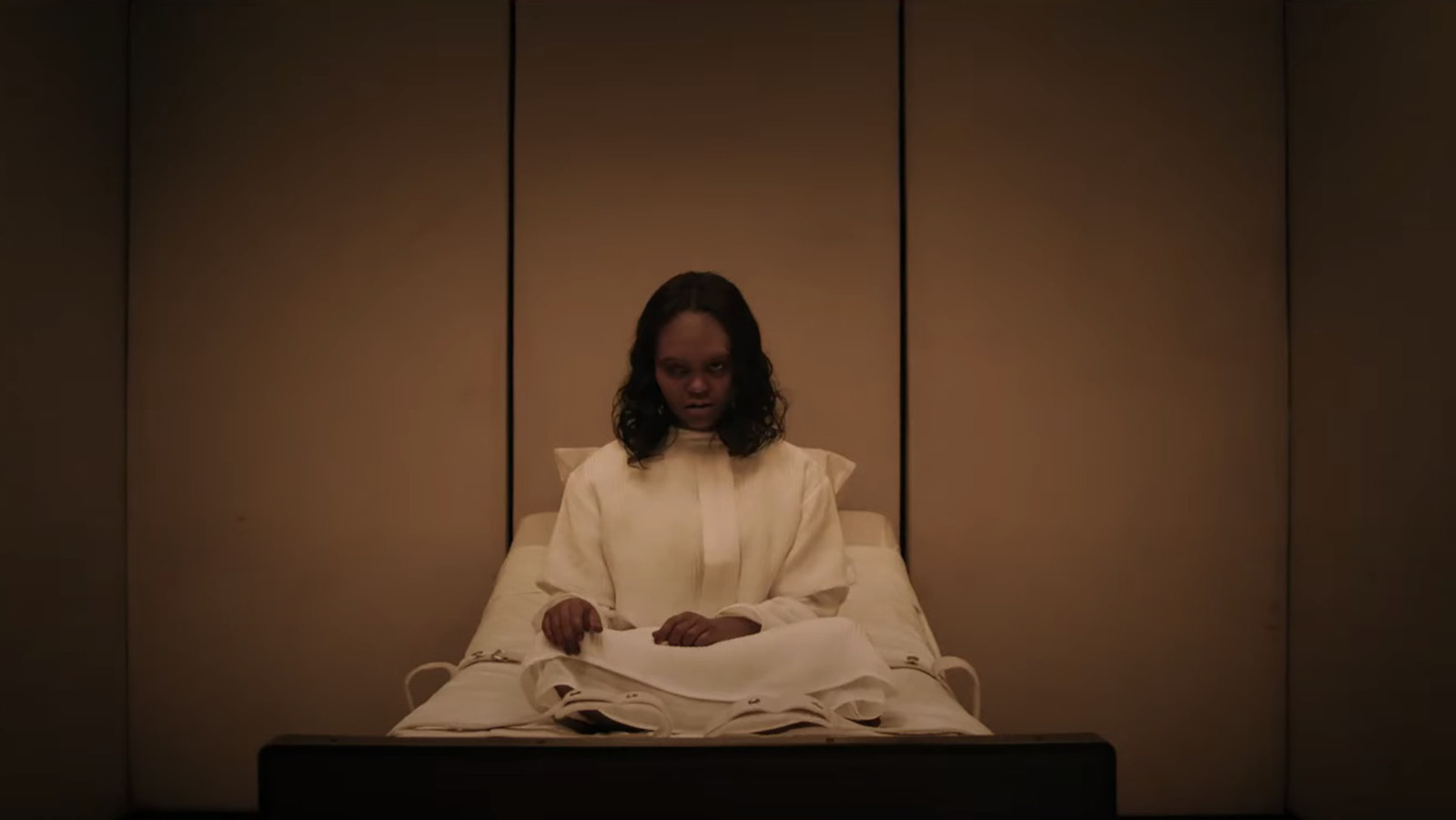I loved the inclusion of the line from Chris MacNeil where she’s like, “If you’re asking me what I believe in, I believe in their pain. Is their pain not real?” It kind of doesn’t matter what you believe in — if this person is suffering, they’re suffering, whether it’s demons, mental illness, or what have you. America’s not quite as secular as it once was 50 years ago, and you included all of these different theological approaches to exorcism. Was that the approach from the beginning, or was that something that came about after you had already decided on making more “Exorcist” movies?
In doing our research, if you open up any doctrine, anything from Pentecostal to Wiccan to Rootwork to so many others … I have a book, a diary of a Baptist exorcist, and things that I just didn’t know were out there because of my lack of knowledge in that world of demonology and the world of ceremony and rituals [in] so many cultures. So I tried to take a handful of things that I can point to — can’t do all of them, but almost every religion, like Chris says in this the movie, almost every religion has a ritual.
So I wanted to point to a few that I don’t think had been acknowledged, in particular, Rootwork or Hoodoo culture. In the opening of the film, it’s a real Voodoo priestess, a Haitian Voodoo priestess giving a real blessing of protection. And I wanted to bring a beauty and authenticity to some of the religious attributes of this that I think can be condescending in film or used in exploitative ways that I don’t feel represent the intentions behind those rituals.
